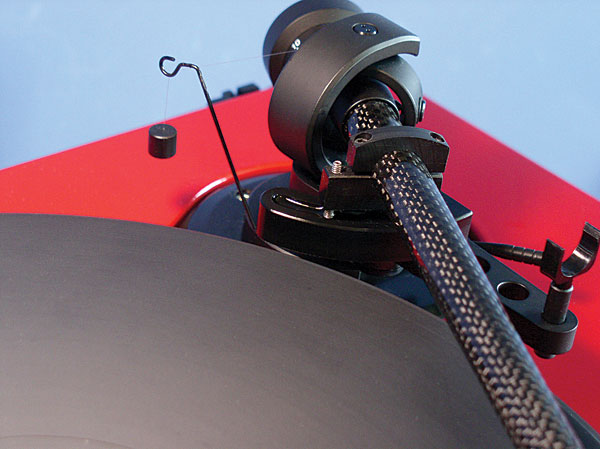| Columns Retired Columns & Blogs |
You state the turntable with tone arm costs a bit under $5000 then act shocked and dismayed when some one else suggests a CD player , oh excuse me ......TRANSPORT for the same amount? I find both suggestions quite humorous frankly.






































